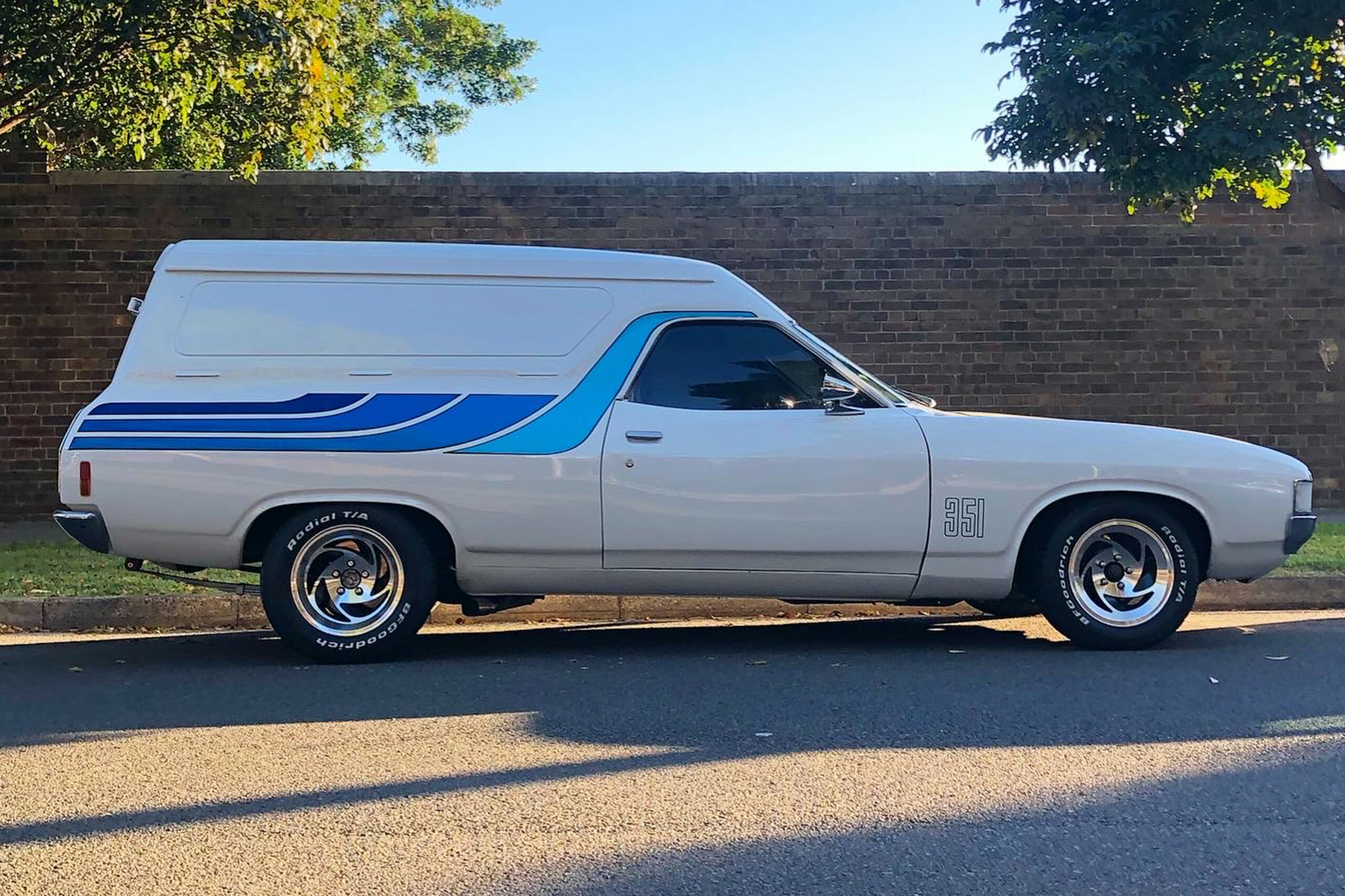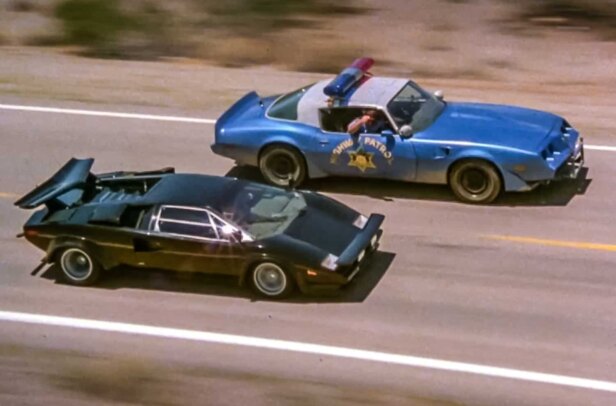There are times when you pinch yourself to make sure everything is working: to make sure eyes are seeing right and ears are hearing okay and this really is planet Earth. Is this really a ’71 Trans Am? Is that towering jungle of chrome, alloy and notchbelt what I really think it is?
First published in the July/August 1986 issue of Street Machine
You betcha! No, you haven’t slipped your trolley. What you see is 100 percent kosher. This is one street machine that not only looks like it is, but really is. It delivers. And what’s more it’s as clean as a stocker. The only thing that’s outrageous about this car is its engineering. If it could be described adequately, it would have to be called a failed sleeper. The body looks perfectly normal. Clean, sweet and unsullied by artwork and gewgaws that could make it look like a sideshow stall.

Then, up front, there is an engine. In fact, let’s turn that round. Up front there is an engine and tacked on – beneath it and behind – just happens to be a ’71 Trans Am body. Hiding the engine is hard. From the back it could be a sleeper. From the front? Ha! Tony Baohm is a freelance salesman. He used to be a barman. He has a patient fiancée and 16 months ago bought this car. It was a complete runner, but it needed finishing. Before that he had a ’76 Camaro. Tony likes American cars and bikes. The Trans Am, he decided, would be ‘The Big One’ – the car to do a big number on.
He started out with an LS7 four-bolt 427. It was stripped and fitted with a steel crank and shotpeened LS7 rods. From the start, Tony knew the engine would be blown so he fitted 7.5 Arias blower pistons and single moly rings. Once the decision is made to blow a motor, the rest must follow in sequence. It’s a rock-solid commitment. Naturally a Crane R260 roller camshaft was fitted with 3/8in hardened pushrods and one-piece stainless valves – in and out. The roller Crane is there because the valve springs are Crane triples. When these valves shut, they stay shut.

Mark Waters of Specialty Tuning is responsible for the heads and tuning. He’s one of the team responsible for Geoff Pratt’s lightning-fast funny car. Atop the awesome 427 is a Mooneyham 8/71 blower running Peter Jackson gear. A Weiand inlet manifold surmounted only by a pair of cavernous Predators – each one capable of passing 930cfm. That explains why Tony’s car – on a quiet run – gets around 3½–four mpg (70 litres per 100km). Berklee made the exhaust system. The pair of two-inch pipes become a single 2½. A Vertex magneto makess sure the mixture lights up. Montgomery’s Adelaide Auto Electrics carried out the wiring.
“Well, I always wanted a blown big-block for the street so I did it.” Tony makes it sound easy. Later he confesses the car is like a Sydney–Hobart or America’s Cup yacht; it’s a big hole into which you pour money.

If you don’t believe the dedication of people who decide to do it right, check out the transmission. When you have somewhere around 800hp in a street machine, the last thing you want is that rare disease known as elephant’s leg. That’s what happens to people who’ve decided to go manual in the slop-box department. Usually you handle 800hp with a BIG clutch. And BIG clutches used to be super-heavy. I remember the 327 Monaro – that was heavy! Now the world has the Weber Velvet Touch clutch bolted to an 11-inch flywheel. Tony’s car gets it to the diff through a very heavy four-speed manual Muncie – a Rockcrusher fitted with a heavy-duty Hurst shifter.
At the back is a 12-bolt slippery diff with a ratio of 3.70. Tony is looking at going to a nine-incher, probably because its performance with this car’s power potential is more predictable when the engine is lit up. Brakes are basically standard GM items. At the time, GM made a form of anti-locking front-disc system. This is what Tony fitted to the Trans Am. Pedders handled suspension all round with heavy-duty coils and gas shocks front and rear. In harmony with the non-radical suspension, the wheels are 15×7 and 15×8 front and rear. They were the first Pro Stocks of this design into SA and fulfil Tony’s basic desire for the car to be a mechanical showpiece, but nothing too radical in appearance. ER60 x 15 Uniroyals are used up front and 295 BFGs out back.

The restrained and refined appearance is reflected inside as well. Neil, of Neil Polley Trim, prepared the black and red velour and covered the standard Trans Am seats. The dash is also low-key and appears neat as a result. VDO instruments are used with temperature, oil pressure and little else other than the standard units. The car doesn’t even have a tacho. “I just listen to it,” says Tony. “After all, you’ve got to have pretty big balls to need a tacho on the street with the engine my car’s got.” You’re not wrong!
Tim and Graham of Edwardstown Crash Repairs carried out the metalwork. But it was nothing more complicated than a hole in the bonnet so the power can peek through. Paint was applied skilfully. There’s no need to say this. Look at the photos.


Complete Windscreens tinted the glass so people couldn’t see the smile on Tony’s face as he drives by.
“I called it Mental Fantasy,” he said, “because I reckon I’m mental to have spent so much time and effort (and money) on a car. And the ‘Fantasy’ bit – well, that’s because I always had a fantasy to own a car like this.”
Tony’s a member of the Australian Street Machine Federation. He’s also in the Chev and Pontiac Car Club. “I’d really like to thank the Chev and Pontiac club,” he said, because they’ve entered my car in a few shows. They’re good people.”

There is a bottom line to this car – it has cost. Heaps. Time as well as money. Around 3½ miles per gallon on Avgas is never going to be cheap. And there’s work still to be done that will cost even more…
But tell me. If Mental Fantasy was parked in your garage and every few days you cranked it up and bowled along the road with the blown 427 just murmuring dark threats, wouldn’t you think it was all worthwhile? Is the sky up? Is beer brown? Of course you would!
Owning a car like this is what street machining is all about. Go, and do thou likewise!

Tony Baohm
1971 Trans Am
| Featured: | July/August 1986 |
| Cool info: | The Pontiac Trans Am was in production from 1969 to 2002, and was initially an uprated Firebird, boasting better suspension and more horsepower. The car shared a platform with the Chevrolet Camaro. The second-generation car, perhaps the best known, was in production from 1970 to 1981 and offered with a range of engines that included 400 and 455ci Pontiacs and a 403 Oldsmobile. Second-gen Trans Ams featured in the first two Smokey and the Bandit movies |
| Engine: | 427 LS7 |
| Gearbox: | Muncie four-speed manual |
| Diff: | 12-bolt, 3.70 gears |
| Wheels: | Pro Stock |
| Interior: | Stock seats covered in black and red velour, VDO gauges, Hurst shifter |



Comments